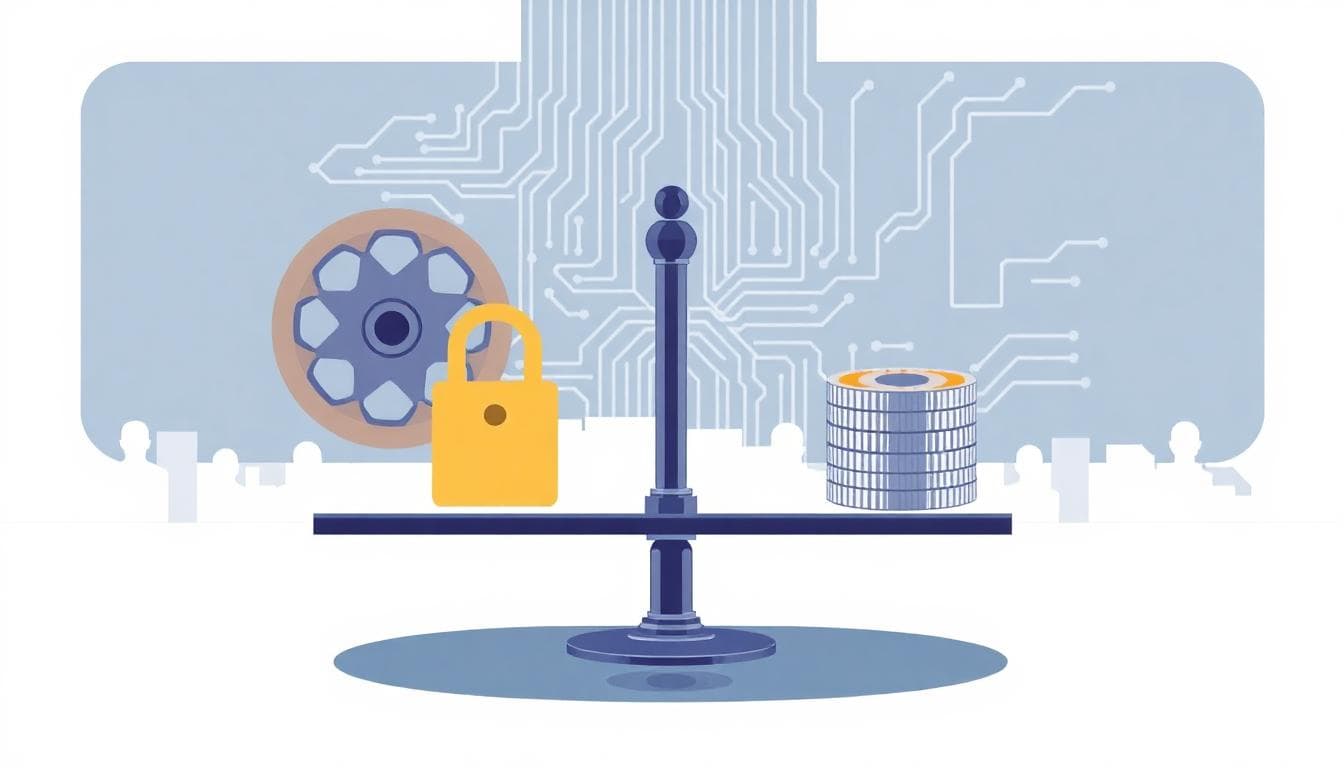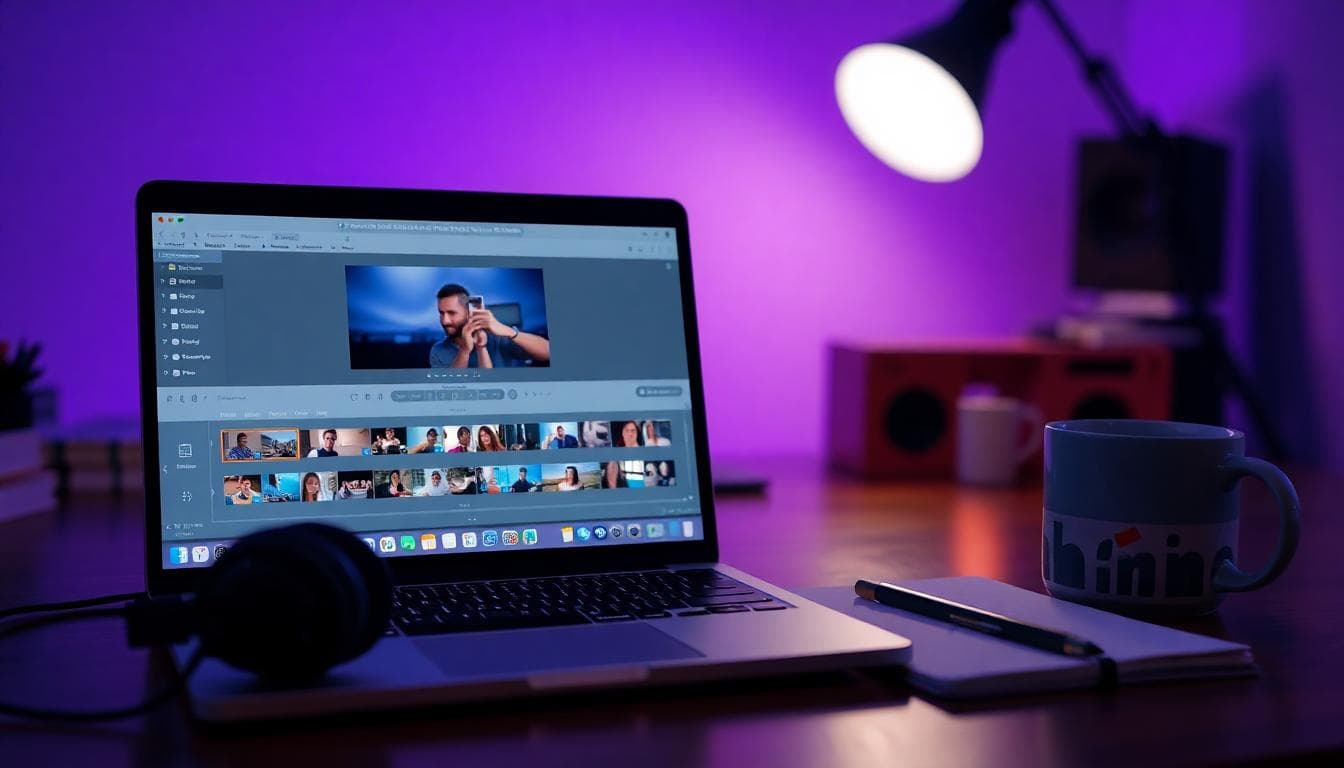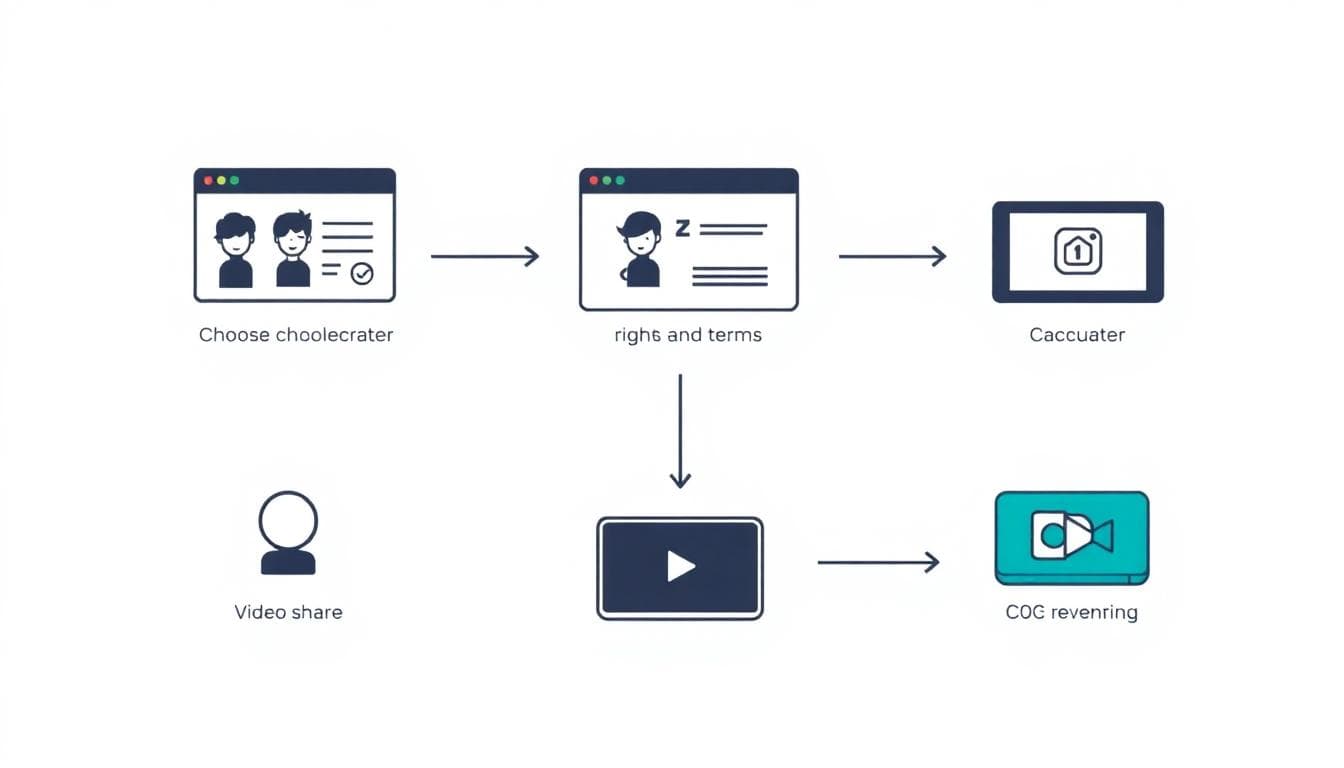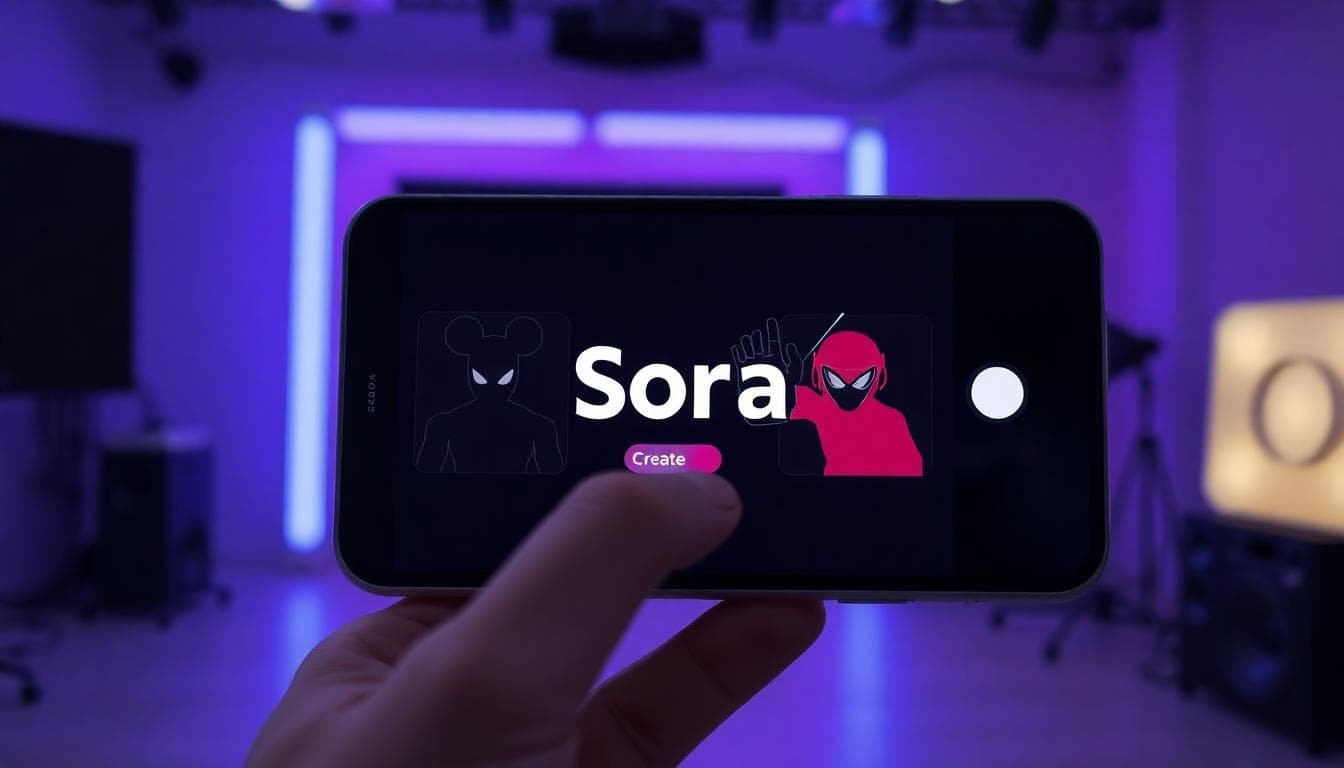OpenAI’s video tool, Sora, may soon allow creators to legally feature well-known fictional characters in their AI-generated clips. According to recent comments shared by OpenAI’s Sora lead and CEO Sam Altman, the company is exploring licensed character cameos, a more granular control system for rightsholders, and a potential revenue-sharing model. If this ships, it could reshape how creators plan shorts, skits, and storytelling on AI-first video platforms.
What’s reportedly coming to Sora
OpenAI has signaled three moves that matter for creators:
- Licensed character cameos inside Sora, so creators do not rely on unlicensed, risky content.
- More granular controls for rightsholders, similar to opt-in likeness systems, but with extra settings for how characters can appear.
- A revenue-sharing model that pays rightsholders when their characters are used, with details to be refined.

Why this matters for creators
Licensed characters are cultural anchors. Audiences already know them, which can boost watch time, completion, and shares. Until now, AI-driven videos that included famous characters faced legal and platform risks. If Sora enables licensed cameos with clear rules, creators can move faster and safer. This could also help brands and studios test new formats without full productions, while keeping control over how characters are portrayed.
Risk reduction
Historically, unlicensed character use leads to takedowns, demonetization, or legal complaints. A licensed system reduces that risk. It also offers a predictable path for edits, approvals, and distribution. That means fewer surprises after you publish.
Monetization clarity
Creators want clear rules about what is allowed and how revenue flows. A revenue-share model can set expectations ahead of production. This helps you budget, pick concepts, and negotiate brand integrations more confidently.
How a licensed workflow might look in Sora
The exact UI and rules are not public yet, but a likely flow could be:
- Select a licensed character pack or cameo option in Sora.
- Review the usage terms shown in-app, including rating guidelines, scene restrictions, and duration caps.
- Generate your video with prompts that follow those terms.
- Render and export. Sora tracks usage for reporting and payout to rightsholders.

Creative tips to prepare now
You do not need to wait to plan. Start organizing your pipeline for faster adoption:
- Build a list of characters that fit your niche, tone, and audience age range.
- Outline formats that can use cameos in short bursts, like reactions, skits, or scene intros.
- Create prompt templates that respect character guidelines, such as language, behavior, and setting.
- Draft alt versions without licensed characters, just in case a cameo is not available at launch.
- Prep thumbnails and titles that hint at the character without breaking brand policies or trademark rules.
Legal and brand safety considerations
Even with licensing, you still need guardrails. Expect restricted themes, brand integrity rules, and context guidelines. Follow ratings guidelines similar to film and TV. Avoid mixing characters with risky topics, including hate, explicit content, or illegal activity. Keep cameos short, respectful, and on-brand. Save your approvals and logs for your records.
Disclosure and platform policies
If a video is sponsored or includes affiliate links, disclose it clearly. Also, check platform policies for AI-generated content labels. Some platforms may require explicit AI disclosure. Keep your metadata clean and accurate to avoid distribution issues.
Monetization: what to expect
Revenue sharing can work in different ways: a fixed cameo fee, a per-render micro-fee, or a percentage of earnings. OpenAI has signaled that the model may evolve after testing. Build a simple tracker for each project: cameo cost, projected RPM, expected views, and break-even point. That will help you pick the right scripts and formats as pricing changes.

SEO checklist for your announcement posts
- Primary keyword: Sora licensed characters
- Secondary keywords: Sora revenue sharing, AI video licensing, OpenAI Sora characters
- Title tag: Keep it under 60 characters; include Sora + licensed characters.
- Meta description: 150 to 160 characters; mention revenue sharing and rightsholder control.
- H2s that match search intent: what is changing, how it works, monetization, tips.
- Use descriptive alt text for images, which you see applied above.
- Add internal links to your tutorials or AI video guides.
- Publish a short FAQ targeting People Also Ask queries.
FAQ
Will I be able to use any character I want?
Not likely. Access will depend on licensing deals and usage rules. Expect a catalog that expands over time.
How will pricing work?
OpenAI mentioned revenue sharing for rightsholders, with details to be refined. You may see cameo fees or usage-based pricing.
Can I monetize these videos on social platforms?
Usually yes, if you follow the licensing terms and platform policies. Check the rules for each platform you use.
What about past AI videos that used unlicensed characters?
Those may still face takedowns or lower reach. Moving to a licensed system reduces future risk.
Bottom line
Licensed characters in Sora could unlock big creative options with less legal risk. The plan pairs access with rightsholder controls and revenue sharing. Start planning formats, prompts, and budgets now. When the feature arrives, you will be ready to publish fast and stay compliant.
To contact us click Here .
Discover more from Marvel Updates
Subscribe to get the latest posts sent to your email.

